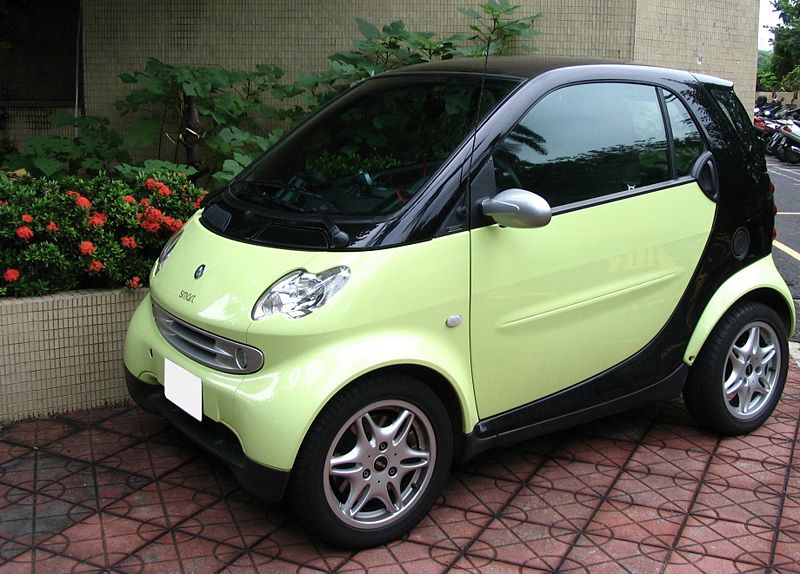US scientists have stumbled on a safe way to make large amounts of hydrogen, on-demand, to fuel environmentally-friendly vehicles. Jerry Woodall, from Purdue University, has found that an alloy made by mixing gallium and aluminium can be reacted with water to produce large amounts of hydrogen gas, which can be collected and fed to an engine. During the reaction only the aluminium is used up; it turns into aluminium oxide which, together with the gallium, which is not consumed, can be recycled.
The trick works because normally aluminium won't willingly react with water because the metal forms a protective oxide "skin" on its surface. But the gallium interferes with the formation of the oxide layer, enabling the aluminium to react freely with the water. The two metals are melted together to produce the alloy, which is then turned into pellets for the reaction with water.
The benefit of hydrogen-powered vehicles is that they are very clean since the only exhaust product is water. And if energy used to recycle the aluminium oxide back to aluminium came from non-fossil sources the process could even be carbon-neutral, and feasible too. "A mid-sized car with a full tank of aluminium-gallium pellets could take a 350 mile trip and it would cost US$60", Woodhall points out.










Comments
Add a comment